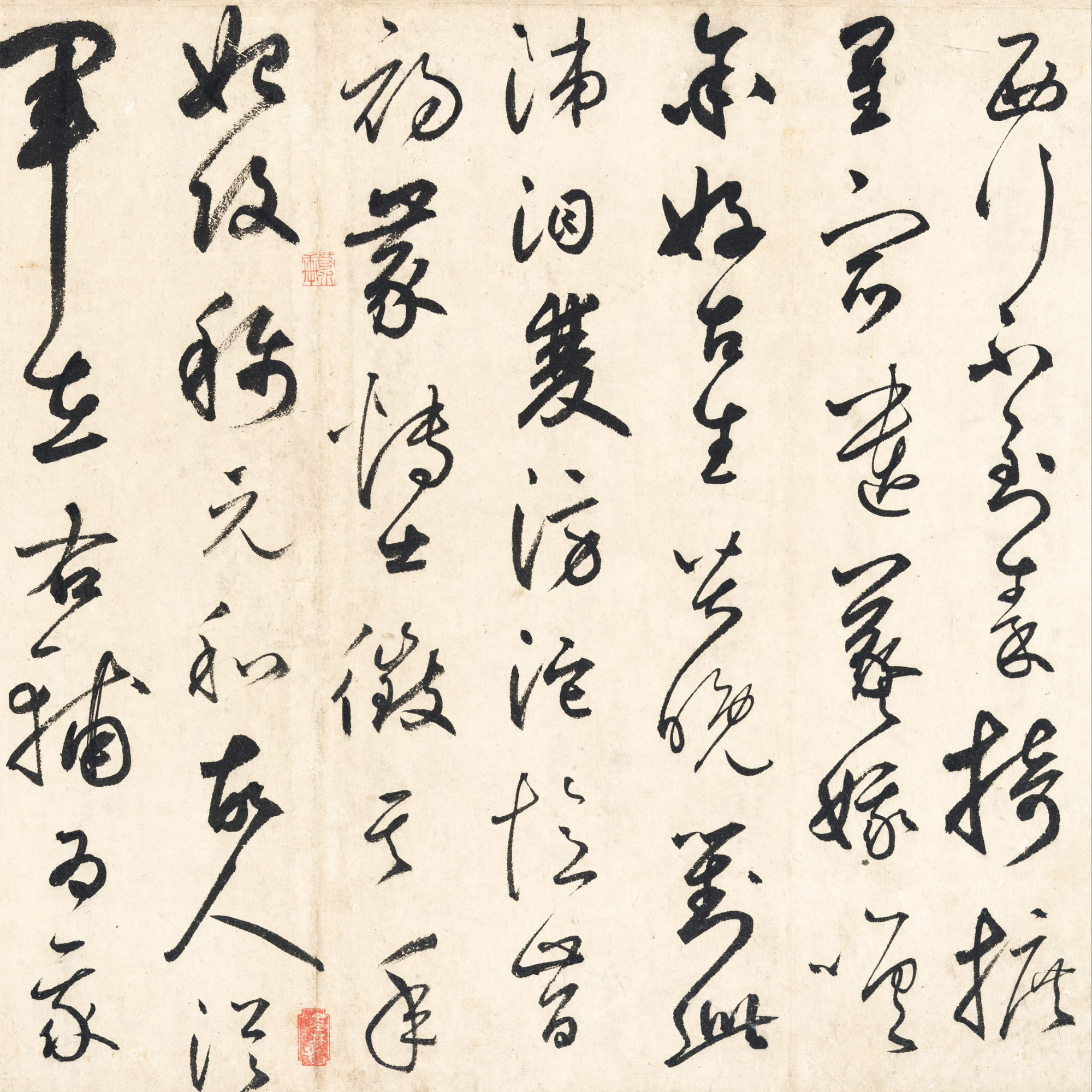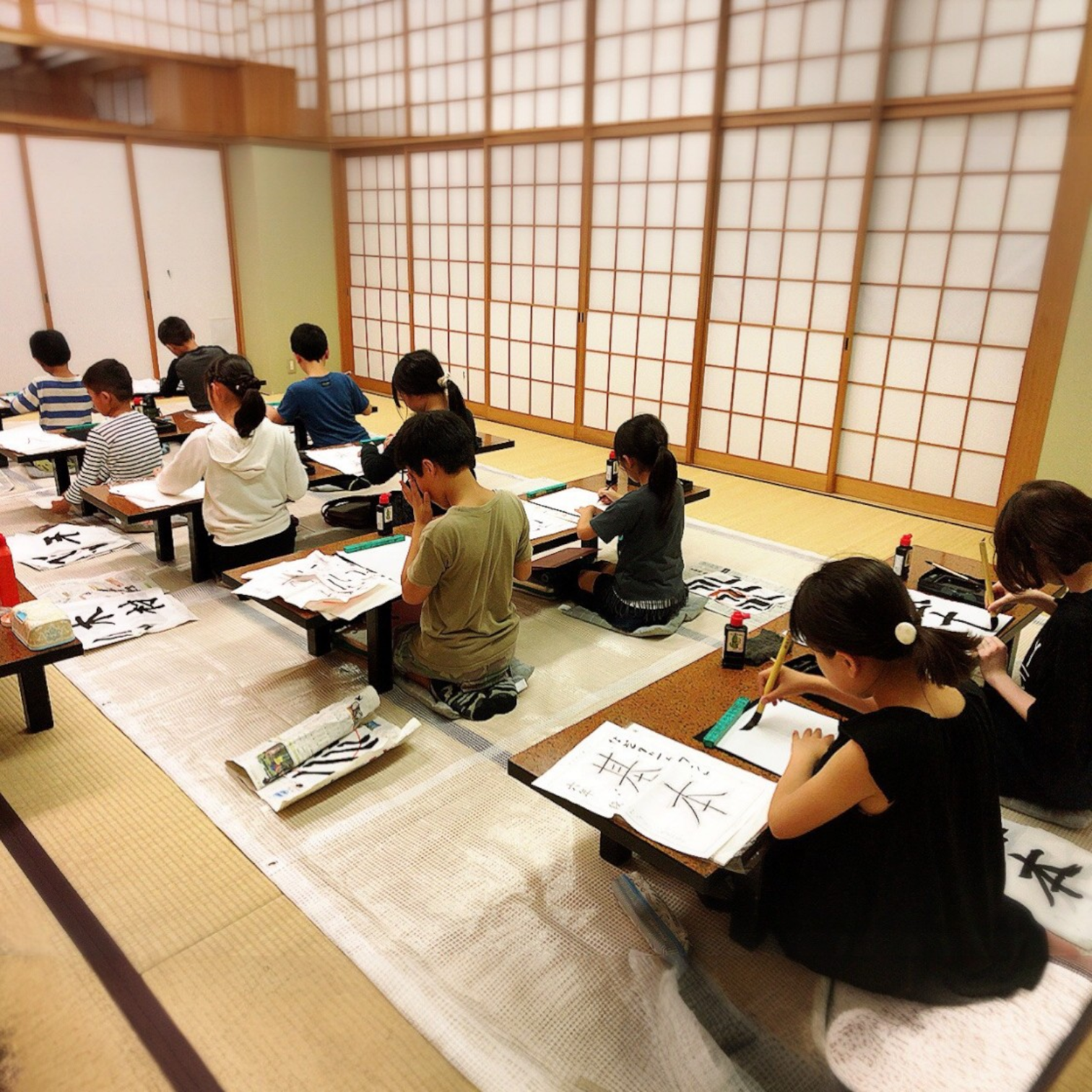Article: Samurai Calligraphy: How Ancient Samurai Left Their Legacy in Ink

Samurai Calligraphy: How Ancient Samurai Left Their Legacy in Ink
"Long after their swords have rusted, the brushstrokes of the samurai still speak."
When we think of the samurai, we often picture fierce warriors clad in armor, swords drawn and ready for battle. Yet behind the image of the sword was a cultivated spirit nourished not only through martial arts but also through literature, philosophy, and calligraphy. For many samurai, the brush was as indispensable as their blade.
The Brush Beside the Sword
In feudal Japan, calligraphy transcended being a mere art form; it served as a vital practice of spiritual discipline. Influenced deeply by Zen (禅) values, samurai were encouraged to develop inner calm, self-discipline, and clarity of thought. The meticulous art of calligraphy was one of the means by which these virtues were honed.
Writing itself was akin to a meditative practice. Each brushstroke demanded careful control of one’s breath, intense focus, and deliberate intention. A single character, rendered in ink, could mirror the entirety of a person’s state of mind. For samurai—who contended with the ever-present specter of death—this was a way to forge an eternal legacy not in blood, but in ink.
Famous Samurai Calligraphers
武田信玄 Takeda Shingen – “Fūrinkazan” (風 Wind, 林 Forest, 火 Fire, 山 Mountain)

The legendary daimyo Takeda Shingen is remembered not only for his military prowess but also for his iconic battle motto:
“Swift as the wind, silent as the forest, fierce as fire, and immovable as the mountain.”
Rendered in brush calligraphy as 風林火山 (Fūrinkazan), this phrase became a symbol of strategic mastery and mental clarity. Today, it continues to inspire, finding its place in dojos, homes, and countless artworks as a reminder of disciplined resolve.
上杉謙信 Uesugi Kenshin – The Virtue of 義 (Righteousness)

A formidable rival of Takeda Shingen, Uesugi Kenshin was revered for his deep spirituality and unwavering devotion to 毘沙門天 (Bishamonten), the god of war. Kenshin’s favorite character was 義 (Gi), meaning righteousness or justice. For him, the battlefield was not merely a venue for conquest, but a stage for fighting in the name of a just cause.
Words That Transcend Time
The characters and phrases favored by the samurai have endured, continuing to inspire contemporary martial artists and seekers of inner strength. Consider, for instance, the enduring impact of these words:
- 武道 (Budō) – The Way of the Samurai
- 誠 (Makoto) – Sincerity
- 忠義 (Chūgi) – Loyalty
- 無心 (Mushin) – No Mind (a state of serene, unshaken calm)
- 修行 (Shugyō) – Spiritual Discipline
These powerful concepts are not relics of the past. Instead, they serve as timeless reminders of values that continue to resonate—whether they are showcased in martial arts dojos or kept as an inspirational piece of art in a personal space.
A Legacy Beyond the Battlefield
Though the samurai have long since faded from the battlefields, their legacy persists in the art of calligraphy. Through every stroke of the brush, one can sense their discipline, bravery, and enduring values. A single stroke, simple yet profound, has the power to echo through the ages.
Embracing this timeless spirit through calligraphic art offers a bridge between the past and present—a connection to a tradition that transcends time and culture. In our modern, noisy world, the quiet power of these brushstrokes provides a serene yet compelling counterpoint, inviting us to reflect on what it truly means to live with honor, clarity, and purpose.

